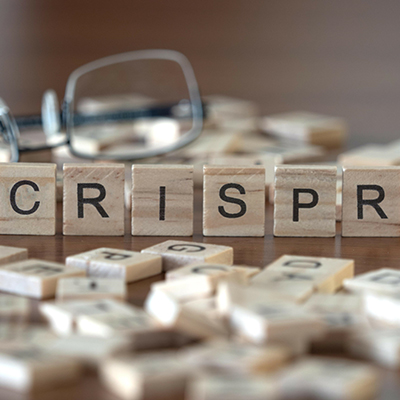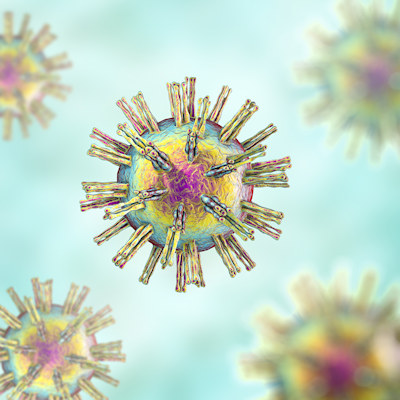December 4, 2020 -- A modification to CRISPR/Cas9 systems can improve their functionality for gene editing in DNA repair, according to a report published in Nature Communications on November 27. The new Cas9 variant also improves the safety of the system for precision gene editing applications.
Gene editing nucleases such as CRISPR/Cas9 can efficiently create double-stranded breaks at a target locus in the genome. Often, the double-stranded breaks are subsequently repaired by the nonhomologous end-joining mechanisms, leading to insertions and deletions (indels). One strategy, called homology directed repair (HDR), is used to achieve gene knock-in models (targeted gene insertion).
These gene editing techniques are relatively efficient in single-strand annealing, as is common with Streptococcus pyogenes Cas9 (spCas9). Alternatively, efficiency rates for gene editing nucleases for double-stranded DNA-mediated knock-in through homologous recombination are low and need improvement.
To improve the efficiency of spCas9, previous strategies have involved fusing key modules necessary to the HDR pathway to spCas9. While this has generally increased rates of successful double-stranded knock-ins, it is accompanied by off-target indels, thereby reducing the precision of the system. Moreover, the fusion modules are often large (greater than 100 amino acids), which poses a challenge for packaging and transduction efficiencies via adeno-associated virus (AAV) delivery.
During homologous recombination, the RAD51 protein/single-stranded DNA nucleoprotein filaments perform the homology search and strand exchange. A motif containing 36 amino acids encoded by BRCA2 Exon 27 (Brex27) helps stabilize these filaments during the process.
University of Michigan researchers hypothesized that fusion of Brex27 to spCas9 will lead to local enrichment of RAD51 and stabilization of the RAD51/single-stranded DNA nucleoprotein filaments at the Cas9-induced on-target and off-target break sites. They believed that this would be beneficial for reducing undesirable on-target and off-target indel events and improving double-stranded knock-in rates.
To explore this possibility, the scientists constructed a miCas9-expressing plasmid DNA (pDNA) variant that could be compared to the more traditional spCas9-expressing pDNA. They started off by comparing the different nucleases for efficiency to knock in a green fluorescent protein (GFP) gene to the AAV integration site 1 (AAVS1) locus in human cells. They found that the use of miCas9 consistently improved GFP knock-in rate by two- to threefold in multiple cell types.
On-target indel damage is a potential concern of gene editing, as it can prevent the targeted corrections from occurring. Compared to other Cas9 variants, the miCas9 variant always achieved the lowest on-target indel rates, which was up to 75% lower than that by spCas9. The miCas9 variant also effectively reduced indels rates at all the off-target loci that the researchers examined, compared to spCas9.
The researchers further demonstrated that Brex27 (mini motif) can be used as a plug-and-play module to improve the efficiency of other gene editing nucleases (miHiFiCas9, miCas9mSA). The addition of Brex27 resulted in up to an additional 76.7% reduction of off-target indel rates compared to spCas9.
The researchers explained that the miniature size of the Brex27 may be advantageous for its eligibility for AAV-mediated delivery (restricted packaging capacity of 4.7 kb) for gene therapies. The mini motif also offers several synergistic interactions with preexisting gene editing nuclease systems.
It provides a "one small stone for three birds" tool in gene editing, said the authors.
Do you have a unique perspective on your research related to synthetic biology or genomics? Contact the editor today to learn more.
Copyright © 2020 scienceboard.net









